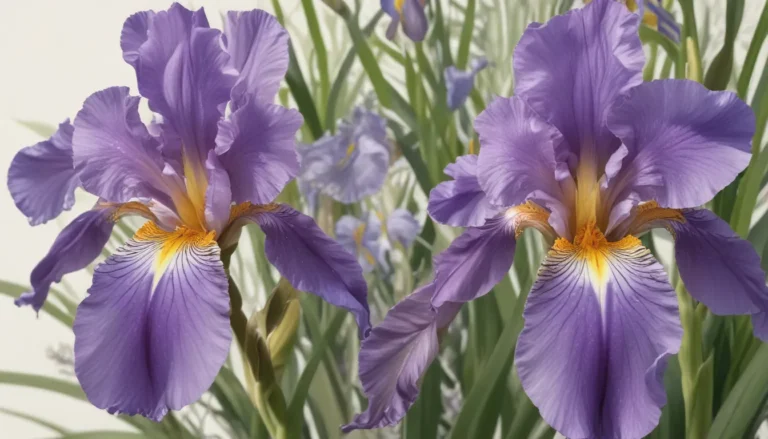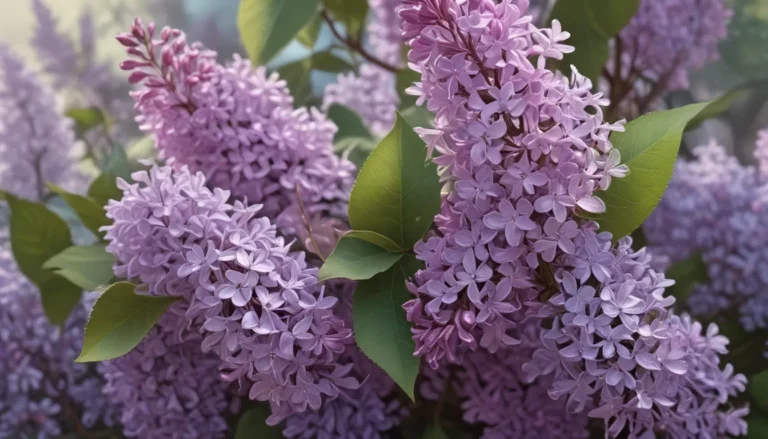The pictures we use in our articles might not show exactly what the words say. We choose these pictures to make you interested in reading more. The pictures work together with the words but don’t take their place. The words still tell you the important facts.
Welcome to the enchanting world of the mulberry tree, a botanical marvel steeped in history and brimming with a plethora of benefits. Whether you're an avid gardener, a history aficionado, or simply intrigued by the wonders of nature, the mulberry tree is sure to captivate your imagination. Join us on a journey as we unravel 11 intriguing facts about this beloved tree, shedding light on its diverse attributes and the profound impact it has had on human life through the ages.
Delving into the History of Mulberry Trees
The mulberry tree, scientifically known as Morus, boasts a rich history that spans continents and epochs. Revered for its delectable fruits and versatile applications, the mulberry tree holds a special place in the hearts of various cultures worldwide.
Unveiling the Plant Family of Mulberry Trees
Belonging to the Moraceae family, the mulberry tree shares its lineage with esteemed botanical counterparts such as figs and breadfruit. This diverse family of flowering plants encompasses a wide array of species, including deciduous trees, shrubs, and vines.
Exploring the Flavorful Fruits of Mulberry Trees
One of the hallmark features of the mulberry tree is its bountiful harvest of sweet, succulent fruits. Available in an array of hues, including black, red, and white, these juicy berries serve as a delectable treat for both humans and wildlife.
Unveiling the Role of Mulberry Leaves in Silk Production
A lesser-known fact about mulberry trees is their pivotal role in silk production. The leaves of the mulberry tree serve as the primary food source for silkworms, thus playing a crucial part in the intricate process of silk cultivation.
Discovering the Symbolic Meanings of Mulberry Trees
Throughout history, mulberry trees have held symbolic significance in diverse cultures. From representing wisdom and patience to embodying abundance and resilience, these trees have been imbued with profound meanings across various traditions.
Embracing the Medicinal Properties of Mulberry Trees
For centuries, the mulberry tree has been revered for its medicinal virtues. Its leaves, bark, and fruits are utilized in traditional medicine to address an array of health conditions, including diabetes, inflammation, and cardiovascular ailments.
Unveiling the Resilience of Mulberry Trees
Mulberry trees are renowned for their adaptability and resilience to different climates and soil compositions. Thriving in both urban and rural settings, these trees serve as a valuable asset in landscaping and reforestation endeavors.
Celebrating the Cultural Significance of Mulberry Trees
With a legacy dating back millennia, mulberry trees have left an indelible mark on human civilization. From their integral role in silk production to their symbolic importance in art and literature, these trees are revered across epochs and geographies.
Embracing the Easy Cultivation of Mulberry Trees
Gardeners and horticulturists praise mulberry trees for their straightforward cultivation and minimal maintenance requirements. Their rapid growth, resilience to pests, and adaptability to diverse soil types make them a popular choice for both home gardens and agricultural settings.
Nurturing Biodiversity with Mulberry Trees
Mulberry trees play a crucial role in supporting biodiversity by offering food and shelter to a wide array of wildlife, including birds, insects, and small mammals. Their ecological significance underscores the importance of conservation and sustainable management practices.
Admiring the Ornamental Value of Mulberry Trees
Beyond their practical benefits, mulberry trees are cherished for their ornate beauty. With lush foliage, graceful form, and seasonal fruits, these trees add a touch of charm to landscapes, parks, and urban green spaces.
In conclusion, the mulberry tree stands as a testament to nature's wonders, offering a wealth of benefits for both humans and the environment. By delving into its rich history, diverse applications, and myriad health provisions, we can further appreciate the profound impact of the mulberry tree on our lives. Let us continue to celebrate and preserve the legacy of this remarkable plant for generations to come.
FAQs: Unveiling More Insights on Mulberry Trees
Q: What are the different species of mulberry trees?
A: Mulberry trees encompass various species within the Morus genus, including Morus alba (white mulberry), Morus nigra (black mulberry), and Morus rubra (red mulberry). Each species offers unique characteristics and benefits, ranging from fruit variations to distinct growth habits.
Q: How can mulberry trees be propagated?
A: Mulberry trees can be propagated through seeds, cuttings, or grafting. While seeds offer a natural propagation method, cuttings and grafting allow for the replication of specific desirable traits and are commonly employed in commercial cultivation.
In our quest to deliver reliable and engaging content, each fact shared about mulberry trees is contributed by real users like you, ensuring a diverse range of insights and information. Trust in our commitment to quality and authenticity as we embark on a journey of exploration and discovery together.






